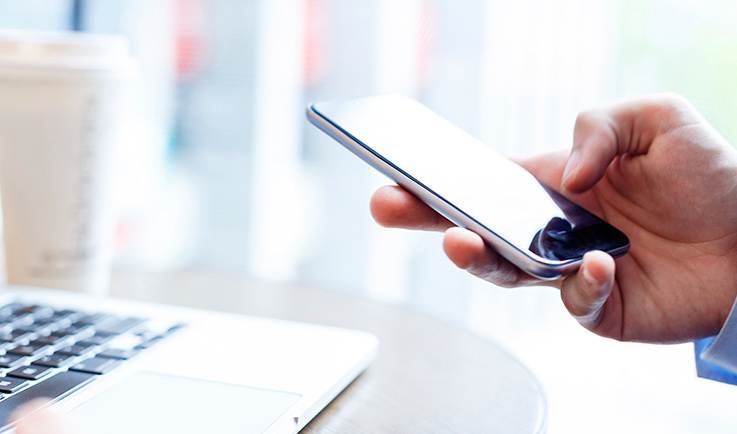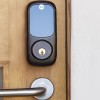Is your phone a data hog? 5 ways to stop it

Optimize for Wi-Fi, limit notifications, change your browser, and other must-know tips
Smartphones are an essential tool for running a small company. In fact, many of the most successful business owners are migrating more and more of their work to their smartphone. With this trend comes the need to get the most from your phone—using it for what pays back and preventing drains on your data plan that are avoidable or don’t benefit you. If your plan provides a limited allotment of data, this is especially critical.
Review these tips to find smart ways to make the most of your phone’s data plan.
Optimize for Wi-Fi
Data downloaded over Wi-Fi won’t count against your data cap, so save any data-intensive actions, such as streaming videos, for when you have Wi-Fi access. To make sure your phone logs on to your home and office Wi-Fi automatically, go to your phone’s settings, turn your Wi-Fi on, and save your phone and office network passwords. While it’s a good idea to use Wi-Fi as much as possible, remember to exercise caution. Only connect to a WPA2 encrypted network (as opposed to an unsecure network, or one with WPA or WEP security). Unprotected hotspots may put your business data at risk.
Pull the plug on constant updates
Many apps hog your data and slow down your phone, even when you’re not actively using them. Some are set by default to frequently search for and download updates, and popular navigation apps like Waze constantly send data back and forth to power features like real-time traffic reports. Curb unnecessary data usage by choosing which apps will be able to access cellular data. First, go to your phone’s settings. For iPhones, the information will be in the “Cellular” section; on Android phones, look under “Data Usage.” Go through your apps and block inessential ones so they update or refresh only when you’re on a Wi-Fi network. For an application that you may want to use when you’re not on Wi-Fi, check the settings of the app itself and turn off non-essential features or look for data-saving options. For example, turn off the auto-loading video option on Facebook® or save your frequently used Google® maps offline.
Limit notifications and location services
While some notifications from your phone’s apps are useful, some are likely not as helpful—and they may be draining data, since apps constantly check in with phones’ GPS systems to provide alerts. Turn off location services by going to “Privacy” in the iPhone or “Personal” under the settings tab for Android devices. You might opt to turn off location just for certain apps, or turn it off for all apps and switch it back on only when you need it.
Also review which applications are allowed to send “push notifications.” These alerts and reminder messages can eat away at your data, too, so set such notifications to Wi-Fi only.
Make your browsing lean and mean
Web browsing can quickly eat away at your data plan, but new tools can help you surf more efficiently without having to limit your searches. The Chrome™ and Opera Web browsers both recently added data-saving features to their apps, which automatically compress files and use other tricks to help cut down on mobile data use. You can also download special apps like Onavo Extend (available for Android and iPhones), which will automatically compress any files downloaded by your phone, shrinking their size.
Economize data with a shared plan
If you use a variety of mobile devices, or if you are providing devices to employees, a shared data plan may be a smart move. Major providers usually offer both small business or friends and family plans that allow for up to 10 devices on one account.
First, estimate your data needs by reviewing your provider’s account information page or your recent bills to see how much data each user has gone through over the past few months. That information will help you select the right plan for your devices or your team. You may also want to select a plan that gives you stronger data control options—as the main account holder, you could set limits on how much data each device is allowed. Be sure all users continue following the other tips shared here to stretch their data and get the most for your money.
Alice Bredin is one of America’s foremost small-business expert, with more than 20 years of experience in the small-business market. She has provided highly practical, actionable advice to millions of business owners through her books, syndicated newspaper column, radio commentary, and small-business forums.


















This topic contains 0 replies, has 1 voice, and was last updated by Alice Bredin 2 days, 12 hours ago.